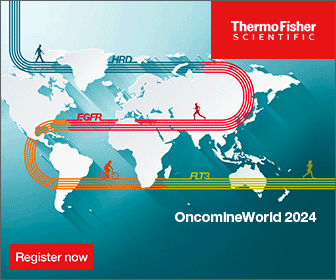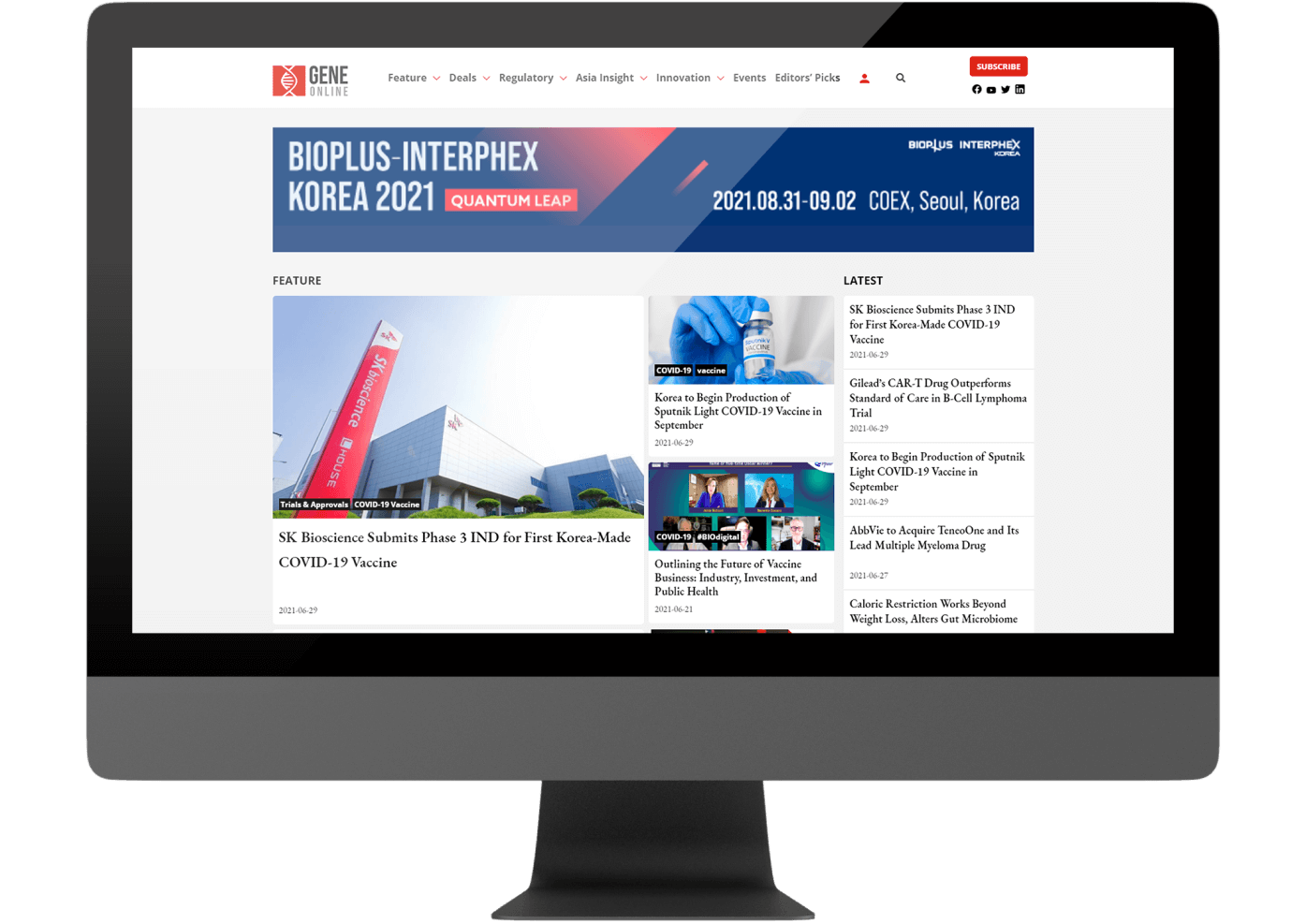Immunocore’s Bispecific Cancer Therapy Impresses in Eye Cancer Trial
Bispecific antibodies have emerged as a leading drug class for cancer therapy and are increasingly turning to be the most preferred for therapeutic applications. At the 2021 virtual AACR conference, Jessica Hassel, Associate Professor at the National Center for Tumor Diseases, University Hospital, Heidelberg, presented impressive Phase 3 results of Immunocores’ bispecific antibody tebentafusp in treating metastatic uveal melanoma.
Although rare, uveal melanoma is the most common eye cancer in adults and represents approximately 3-5% of all melanomas. The cancer is particularly difficult to treat and has a poor prognosis. With no standard of care treatment and limited benefits with immune checkpoint inhibitors, the median survival of patients is less than a year.
Bispecific Cancer Therapy
Unlike CAR-T or checkpoint inhibitors, bispecific antibodies work by binding to two targets; one present on the melanoma cell and another present on T cells. This way, a tumor cell, and an immune cell are brought together in a lethal marriage for cancer.
One end of tebentafusp binds to gp100 protein expressed in melanoma cells, and the other end recognizes, activates, and redirects T cells to attack the gp100 expressing melanoma cells.
This approach is better than the conventional monoclonal antibody treatments as it offers better tumor specificity, fewer side effects, and it redirects the immune system to tumor cells.
The Study
The Phase 3 results preceded a Phase 2 readout, which showed a mere 5% objective response rate (ORR), but showed a reduction in target lesions in 44% of patients. With a median follow-up of 19.6 months in the Phase 2 trial, the median overall survival (OS) following treatment was 16.8 months.
With solid Phase 2 data in hand, the researchers set out to compare tebentafusp’s efficacy with available treatments such as checkpoint inhibitors for the indication.
The Phase 3 study enrolled 378 patients who were randomly assigned to receive either tebentafusp or a drug of investigator’s choice, which included two checkpoint inhibitors, Merck’s Keytruda and BMS’ Yervoy, and one chemotherapeutic agent, dacarbazine.
Since the researchers noted early on that this approach doesn’t do much in the way of triggering ORRs, they chose to use OS as a primary endpoint for determining the drug efficacy.
Key Conclusions
- Tebentafusp was able to cut down the risk of death by almost half. Patients receiving the drug registered a one-year OS rate of 73.2% compared to 58.5% on the investigator’s drug of choice.
- The difference in progression-free survival between the two arms was significant but less compared to OS.
- The response rate was 9% with tebentafusp and 5% with the drug of investigator’s choice.
- The disease control rate at 12 weeks was 46% for tebentafusp and 27% for the drug of investigator’s choice.
- Adverse events associated with tebentafusp were predictable and could be managed easily. Conversely, the rate of treatment discontinuation was almost double with the drug of investigator’s choice.
Who will Benefit from the Drug Approval?
The gp100 binding domain of the drug specifically recognizes gp100 antigen bound to HLA-A*02:01. This is a major limitation for the drug as it can be used in patients who have only this specific HLA type.
Hassel noted that there still remains an unmet need for patients who do not have this particular surface protein. However, Hassel also notes that this particular HLA type is frequently found in Caucasians, the population most affected by this cancer. tebentafusp would be most beneficial to them.
Editor: Rajaneesh K. Gopinath, Ph.D.
©www.geneonline.com All rights reserved. Collaborate with us: service@geneonlineasia.com









